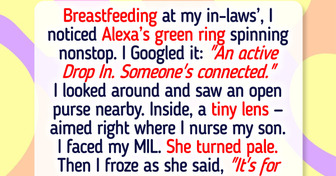My In-Laws Told Me Not to Share a Bed With My Wife—I Am Furious

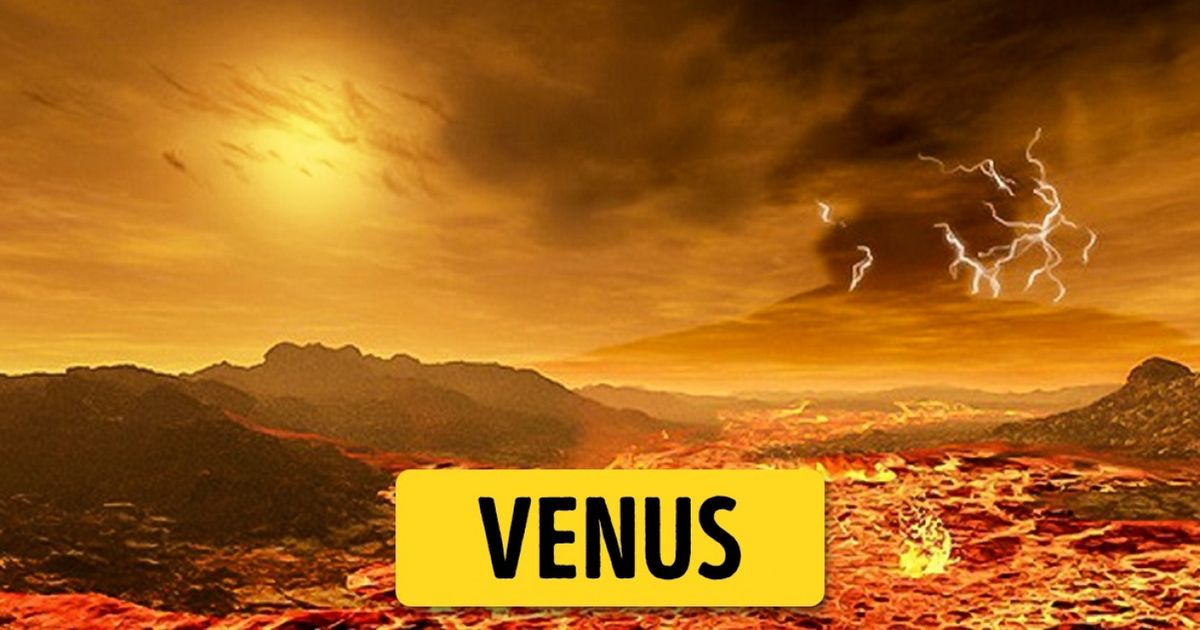
It’s impossible to imagine life on our planet without the Sun. We’ve all seen how incredible sunrise and sunset can be — it’s something you just can’t tear your eyes away from. But have you ever tried to imagine what this might look like from the vantage point of different planets and moons in our solar system? The digital illustrations made by Ron Miller, who has spent decades depicting the vistas beyond our world, can help us here.
We at Bright Side invite you on an interplanetary tour to see what dawn looks like on other worlds.
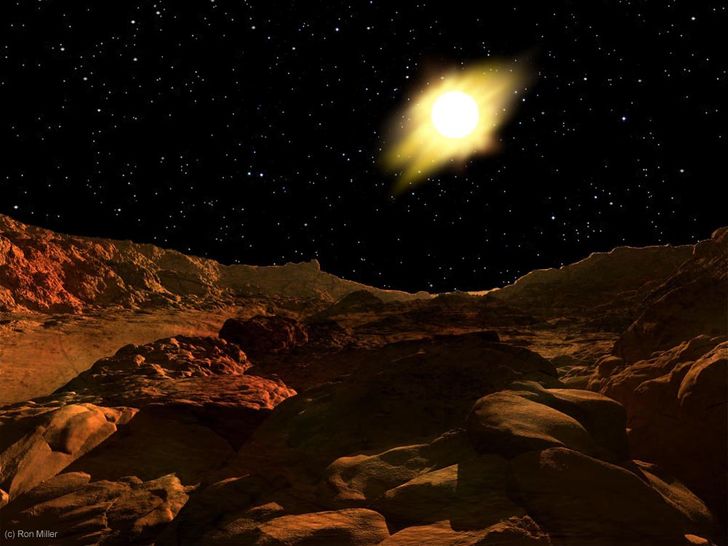
Mercury is located just 60 million kilometers from the Sun, or 39% of the distance between the latter and the Earth. That’s why sunrise on Mercury is three times bigger and brighter than it is on Earth.
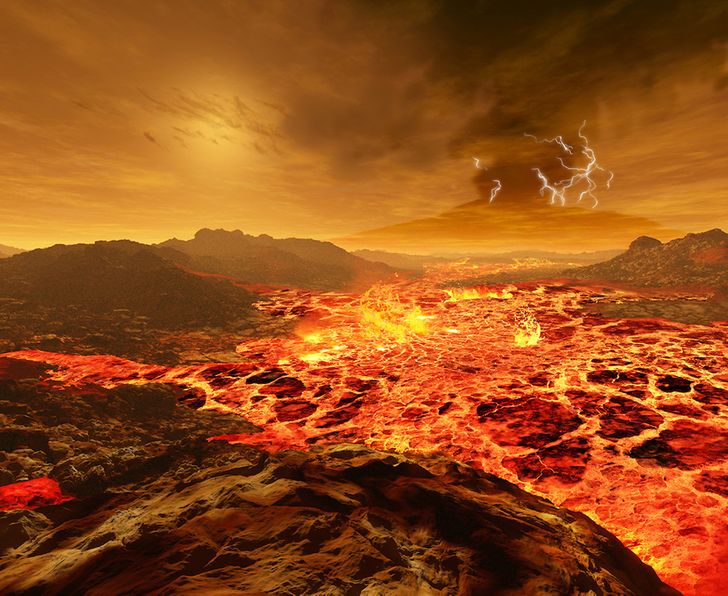
The Sun that can just about be seen from the surface of Venus is 108 million kilometers away (72% of the distance from the Earth to the Sun). Because of the thick clouds which envelop this planet, the Sun looks like a light-colored spot in the sky on an overcast, murky day.
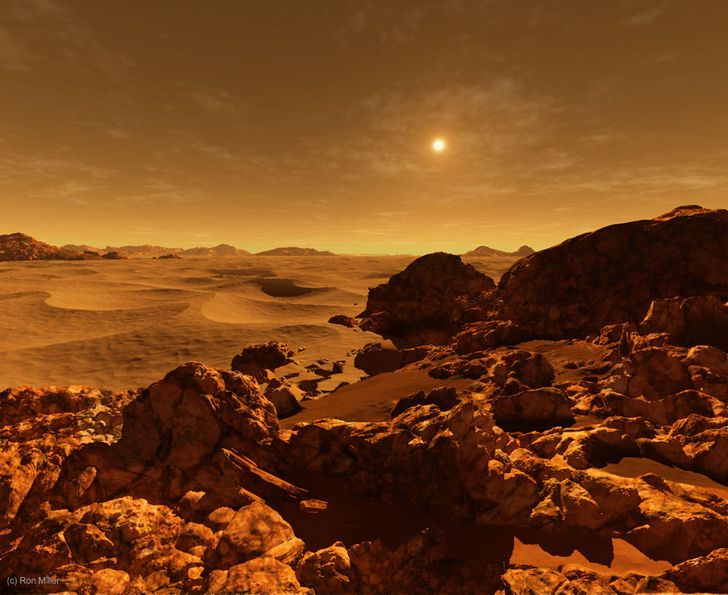
Mars orbits our star at a distance of 230 million kilometers, which is about 1.5 times further than the Earth. But it’s not the distance which reduces the Sun’s visibility, but the strong winds which carry dust up into the outer reaches of the Red Planet’s atmosphere.
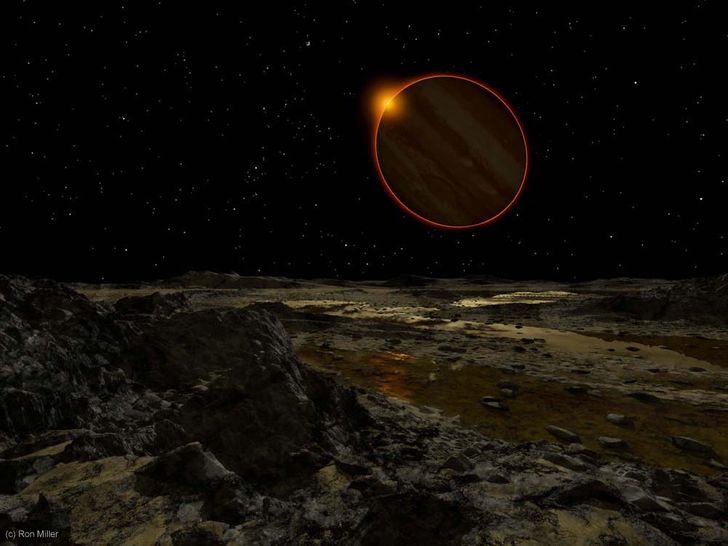
This is what the Sun looks like from Europa, one of the moons of Jupiter. Jupiter is much, much further away, at 779 million kilometers from the Sun (5.2 times greater than the distance between the Sun and the Earth). The sunlight illuminates Jupiter in a reddish ring as it passes through the layers of the gas giant’s atmosphere.
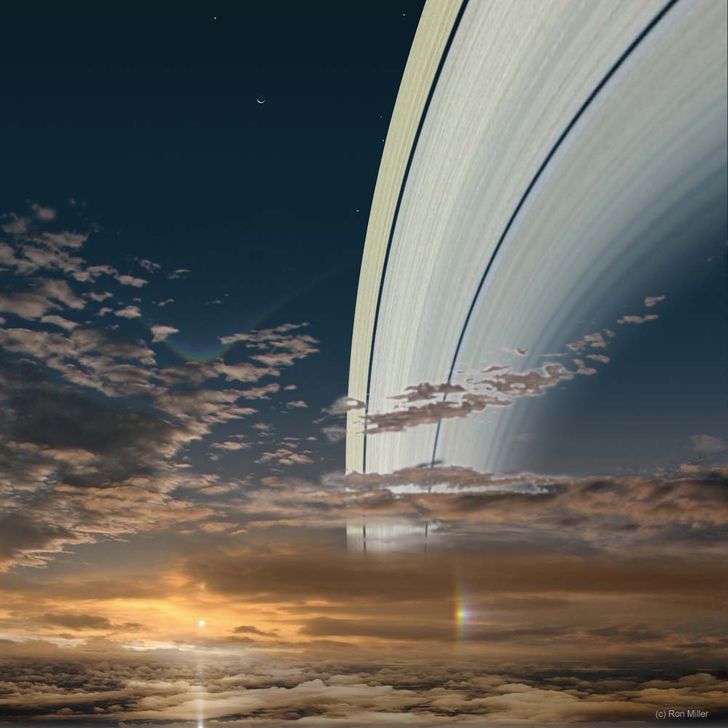
Saturn is one of the most instantly recognizable of the planets. It orbits the Sun at a distance of 1.5 billion kilometers (9.5 times the distance between the Earth and our star). The Sun’s rays are refracted by the abundance of water ice crystals and gases, creating incredible images such as the ’false sun’ seen here.
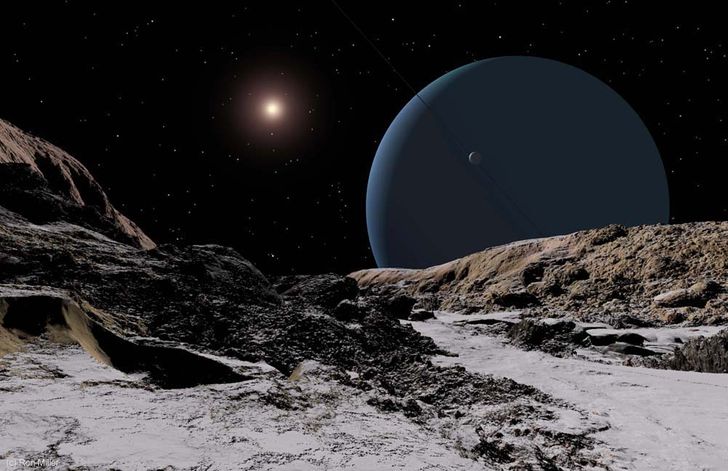
On Ariel — one of the moons of Uranus — you would be treated to an unusual but at the same time spectacular view. Here, the Sun barely provides any heat at all, since it’s almost 2.8 billion kilometers away (or 19 times the distance between the Sun and the Earth).
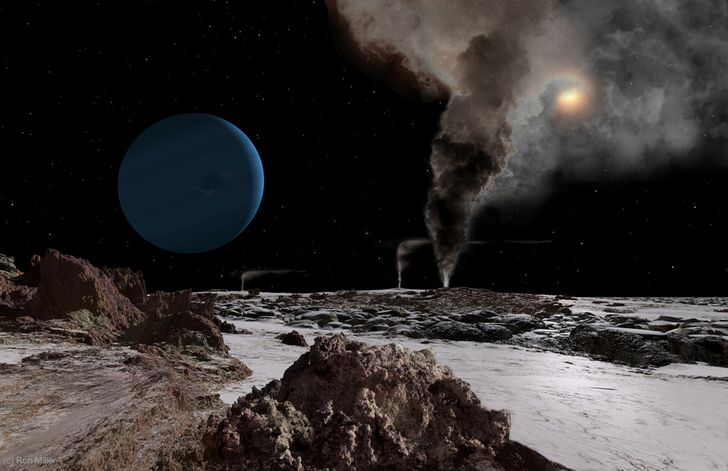
This is what the Sun would look like if you were standing on Triton, Neptune’s largest moon. The distance to our star is 4.5 billion kilometers (or 30 times that between the Earth and the Sun). Huge geysers of dust and gas on this icy satellite eclipse the tiny disc of light suspended in a dark starry sky.
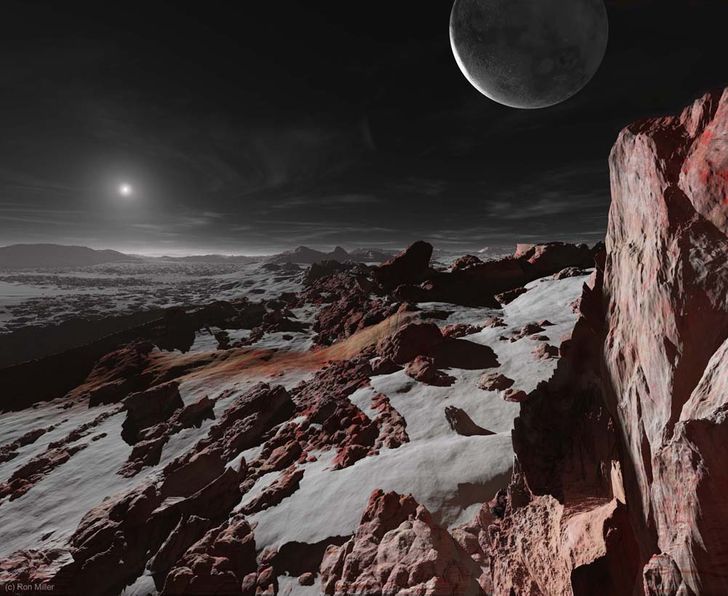
From the perspective of the most distant planet in our solar system, the Sun is little more than a tiny shining point of light. Pluto is 6 billion kilometers from the Sun (or 40 times the distance between the latter and the Earth), which means that the light reaching it is 1,600 times dimmer than what we receive here. But that’s still 250 times brighter than a full moon seen from Earth!







